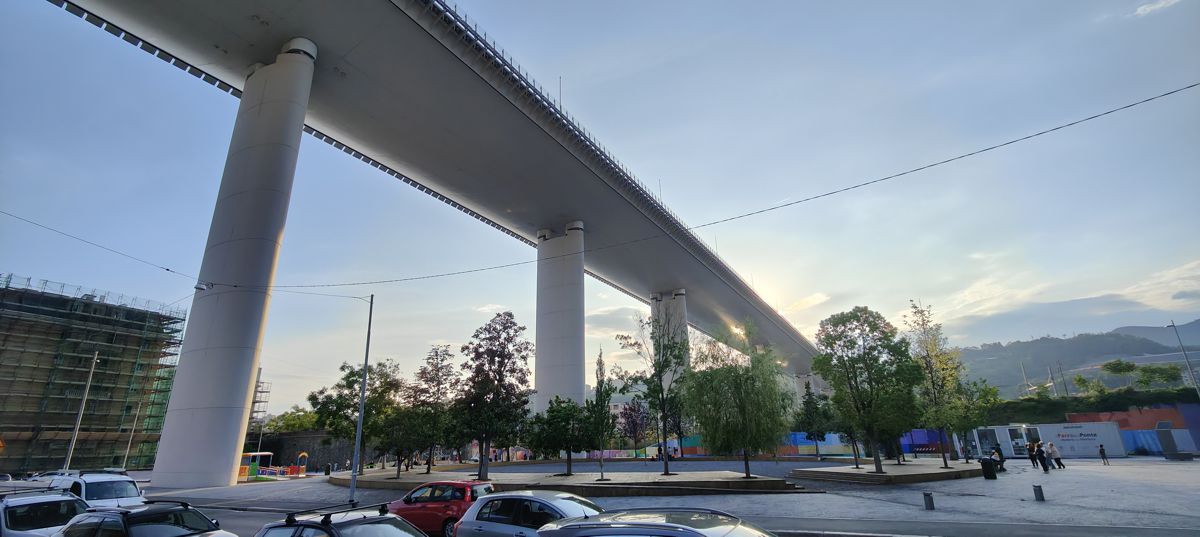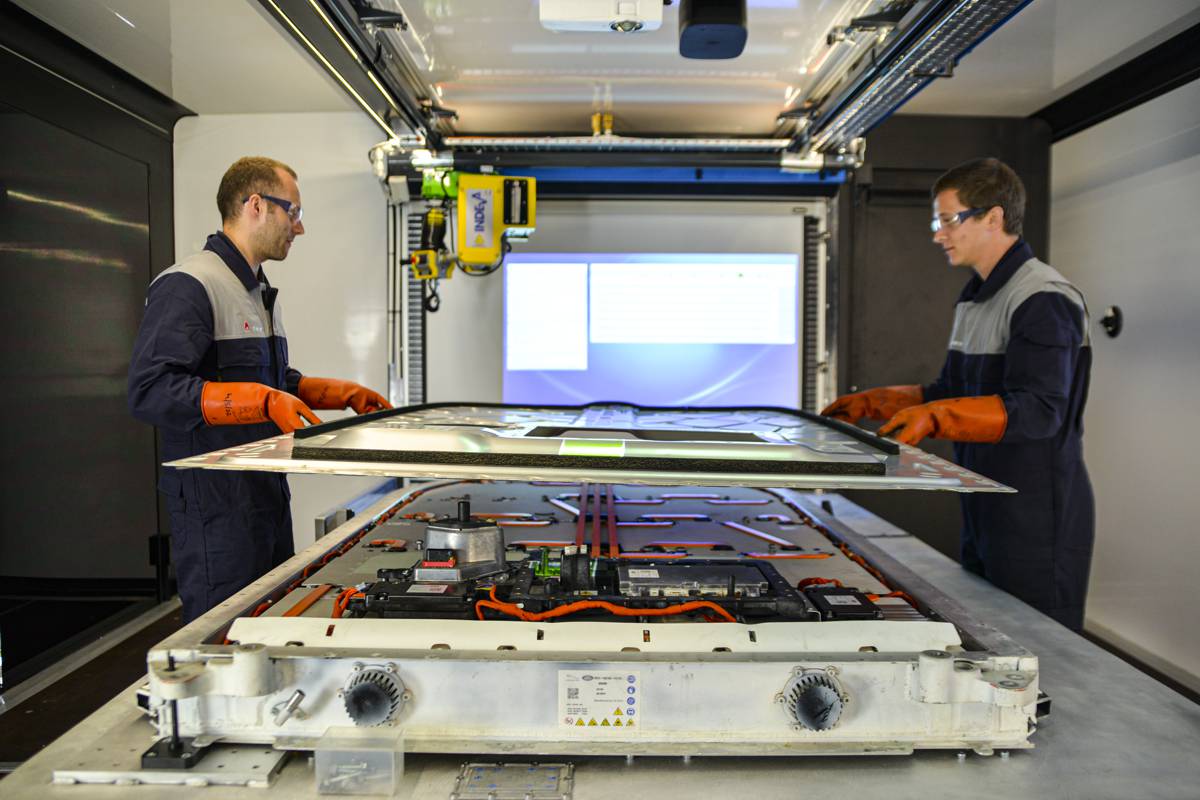World Bank report safer roads will add over $1 Trillion to South Asian Economies
South Asia’s eastern subregion, comprising Bangladesh, Bhutan, India, and Nepal, needs to invest an estimated extra $118 billion in road safety over the next decade to halve its road crash fatalities, says a new World Bank report, noting that this will bring $1.2 trillion in economic benefits annually, equivalent to 3.75 percent of regional GDP.
Released today at the Third Global Ministerial Conference on Road Safety in Stockholm, the report Road Safety in South Asia: Opportunities for Shared Regional Initiatives points to the high death rate on the eastern subregion’s roads caused by chronic lack of investment in systemic, targeted, and sustained road safety programs and identifies relevant investment priorities to reverse the trend.
“Years of rapid economic growth in South Asia, followed by a steep rise in vehicle ownership have led to mounting traffic deaths and contributed to lost economic opportunities,” said Hartwig Schafer, World Bank Vice President for South Asia. “South Asia’s road safety crisis is unacceptable but preventable. The good news is that South Asian countries recognize the urgent need to protect their people, save lives, and sustain their journey toward greater prosperity. We at the World Bank stand ready to support their efforts.”
While urgent national-level actions in countries across the eastern subregion, which account for the bulk of South Asia’s population, vehicles, and road crash fatalities, remain a top priority, the report also calls for regional initiatives to make roads and vehicles safer.
The report emphasizes the need to focus on regional trade corridors where crashes are significant, and roads are unsafe. All categories of road users and vehicle types – animals, pedestrians, bicycles, rickshaws, motorcycles, motorized three-wheelers, cars, minibuses, buses, mini trucks, trucks, and agricultural vehicles – are represented in these corridors with narrow lanes, limited or no shoulders, and inadequate pedestrian facilities.
The road safety conditions on these regional corridors mirror the nature and scale of conditions prevalent on national highways. Crash data collected in a sample of highway sections across Nepal, India, and Bangladesh reveal alarming annual fatality rates ranging from 0.3 to 3 fatalities per kilometer, at a yearly average of 0.87 fatalities per kilometer. In India, 34.5 percent of fatalities in 2016 resulted from crashes on the National Highways, which comprise only 1.79 percent of the country’s total road network.
To better monitor the effectiveness of road safety efforts, the report recommends a shared regional initiative to harmonize crash data management and analysis systems across South Asia. Currently, South Asian countries are in varying stages of developing crash data and performance management systems that analyze the underlying factors behind each crash – whether it was defective road infrastructure, faulty vehicle design or human error.
To complement these efforts and to facilitate more rapid and effective knowledge transfer, the report suggests South Asian countries could join the proposed regional road safety observatory for Asia and the Pacific.
“Historically, when countries reached motorization levels of between 50–100 vehicles per 1,000 people, road crashes became one of the leading causes of death and injuries. Improving road safety was then recognized as a national development priority. This holds important road safety lessons for the South Asia region where the rate of vehicle ownership has doubled over the past decade and remains on an upward trajectory,” said Arnab Bandyopadhyay, Lead Transport Specialist, World Bank. “The report’s proposed regional initiatives will go a long way in helping countries improve road safety.”
New Road Safety Observatory for the Asia-Pacific Region
The establishment of the first regional Road Safety Observatory in the Asia-Pacific region was announced in Stockholm today on the eve of the 3rd Global Ministerial Conference on Road Safety. The conference gathers ministers and policymakers from across the world to set the future direction for road safety action.
The Asia-Pacific Road Safety Observatory (APRSO) will support countries of the region in boosting their capacity to collect, analyze, and share reliable road crash data, with the objective to drastically reduce the number of road deaths and crash injuries in the region.
The road safety crisis in Asia and the Pacific has reached epidemic proportions. More than 2,000 people lose their lives on the road every day in the region, according to estimates. Many more sustain serious life-changing injuries.
Road crashes cause enormous human suffering; they also result in significant economic and social losses. Halving the number of fatalities and injuries over a 24-year period could increase the GDP per capita by up to 22% in some Asian countries, according to recent research by the World Bank.
Measuring the performance of road safety interventions is essential to ensure investments are effective. Yet the availability and quality of crash data that can guide effective policies varies significantly across Asia-Pacific countries.
The Asia-Pacific Road Safety Observatory (APRSO) will address the data gap. It will also promote cooperation, the use of best practices, and the scaling up of effective policies and evidence-based interventions across the region.
The APRSO will build on the experience of the Latin America and Caribbean Road Safety Observatory (OISEVI) launched in 2012 and the African Road Safety Observatory (ARSO) launched in 2018. It is a joint initiative of the World Bank, the Fédération Internationale de l’Automobile (FIA), the International Transport Forum (ITF), the United Nations Economic and Social Commission for Asia and the Pacific (UNESCAP) and the Asian Development Bank (ADB). The APRSO receives financial support from UK Aid through the Global Road Safety Facility (GRSF). Technical support also comes from the World Health Organization and UNESCAP.
Jean Todt, the UN Secretary-General’s Special Envoy for Road Safety and FIA President, said: “The gathering of reliable road safety data can drive long-lasting policy changes. I am pleased to see that a joint initiative of the FIA, the World Bank and the ITF has led to the creation of the Asia-Pacific Road Safety Observatory. It represents a new opportunity for governments in the region to work with their partners in public health, transport, law enforcement, civil society and the private sector to promote targeted interventions to reduce the number of deaths and injuries on the roads.”
Young Tae Kim, ITF Secretary-General, said: “The ITF looks forward to bring all our know-how on crash data to the Asia-Pacific Road Safety Observatory and making it available to the countries of the region. Better data will make a big difference in securing political support for effective evidence-based road safety interventions in a world region that is more affected by the road crash epidemic than many others.”
Guangzhe Chen, Global Director for Transport and Regional Director for Infrastructure in South Asia, The World Bank, said: “The Asia-Pacific Road Safety Observatory is the culmination of a two-year process led by the World Bank, the Asian Development Bank, the International Transport Forum and the FIA, that involved consultations with many countries and regional institutions. The consultations revealed that there is strong political will to tackle the road safety crisis in the region, but that solutions must be based in evidence and tailored for each country’s reality. The World Bank and GRSF stand ready to support countries with sound policy advice and investments on safer infrastructure, enforcement, and safer speed management.”
Bambang Susantono, Vice President of the Asian Development Bank, said: “This Observatory is a product of a concerted effort from the development community to better support countries in Asia and the Pacific in their efforts to improve road safety.”















